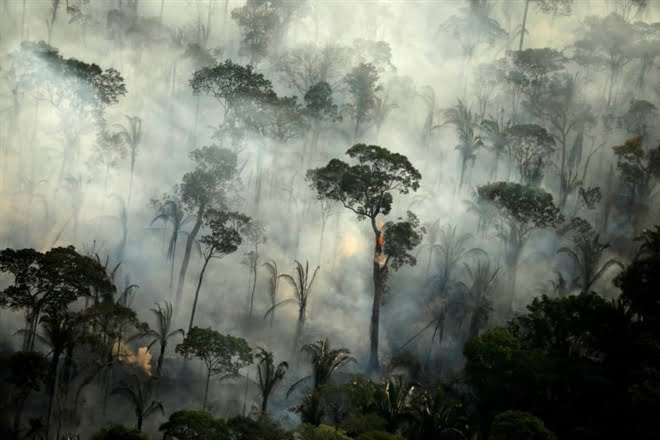The fact that nearly 70% of the world’s primary tropical rainforests have been degraded or destroyed has alarmed bells about the disappearance of “natural buffers” that prevent climate change. This is also the main cause of the increase in emissions, causing the Earth to heat up when the dense rainforest vegetation is the largest source of carbon dioxide.
According to an analysis by the not-for-profit organization Rainforest, logging and conversion of land use, mainly for agriculture, have wiped out 34% of the world’s primary tropical rainforests and degrade another 30% of forests, making them more susceptible to fire and destruction in the future. Accordingly, when many tropical rainforests are destroyed, the more likely it is that climate change will worsen, the more difficult it is for the remaining forests to survive.

More than half of the primary tropical rainforest devastated since 2002 is located in the Amazon in South America and the surrounding rainforests.
According to a report by the World Resources Institute, the rate of forest destroyed in 2019 is close to the annual level of destruction over the past 20 years, with the area of forest the equivalent of a football field disappearing every 6 seconds.
Brazil’s Amazon forests have come under enormous pressure in recent decades. The agricultural boom has led farmers and forest land speculators to get land to grow soybeans, raise cows for meat, and grow other agricultural crops.
The islands of Southeast Asia, largely in Indonesia, have ranked second in deforestation rate since 2002, with most of the forest being cut down for oil palm plantation. Central Africa ranks third with most deforestation concentrated around the Congo basin due to agricultural and commercial farming and logging. Forests identified in the report as degraded have been partially or completely destroyed, and subsequently replaced by secondary forests.

